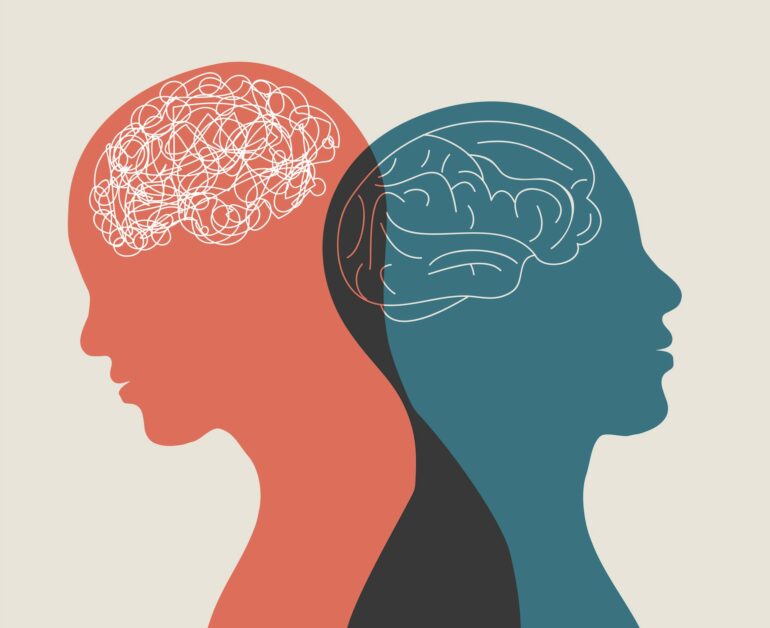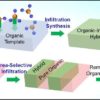There is mounting recognition in the scientific community that combining different treatment approaches for mental health conditions can create a benefit greater than the sum of its parts.
As a clinical psychologist and neuroscience researcher, I have been working to integrate insights from both fields to expand treatment options for those suffering from depression, anxiety and related conditions. Designing a treatment plan that pays careful attention to the sequence and dose of both biological and behavioral therapies might benefit people in new ways that neither approach can achieve on its own.
Anxiety and depression are the most prevalent mental health conditions around the world. Globally, about 280 million people experience depression, and as many as 1 in 3 will meet the diagnostic criteria for an anxiety disorder at some point in their lives. There are numerous effective treatment options for both conditions, including medications, psychotherapy, lifestyle changes and neurostimulation.
Doctors and therapists recommend many patients seeking mental health care try more than one approach simultaneously, such as medication and therapy. This is based on the idea that if they were to respond well to any of the prescribed treatments, they would experience a net benefit more quickly or more strongly than if they were to try each sequentially. However, researchers have historically studied each approach in isolation. Most research has focused on comparing individual treatments one at a time to a control, such as a pill placebo or a psychotherapy waitlist.
Depression is a leading cause of disability around the world.
Neuroplasticity and treatment
Recent advances in scientific understanding of depression, anxiety and other stress-related conditions suggest that changes and impairments in neuroplasticity are critical contributors.
Neuroplasticity refers to the brain’s capacity to flexibly adjust in response to an ever-changing environment – it’s a critical component of learning. In animal studies, deficits in neuroplasticity are seen as changes to molecular and neural pathways, such as a decreased number of synapses, or points of contact between neurons, following chronic stress. These changes might be related to mental patterns and symptoms of depression and anxiety in people, such as when patients report a reduced capacity to think, feel and act flexibly. They may also be linked to thinking about, remembering and interpreting information in a way that tends to be biased toward the negative.
Research has shown that many effective biological treatments, including medications and neurostimulation, can enhance or alter neuroplasticity. Certain lifestyle changes such as regular exercise can have similar effects. Scientists consider this key to how they reduce symptoms. Unfortunately, symptoms often return when these treatments are discontinued. Relapse is…



